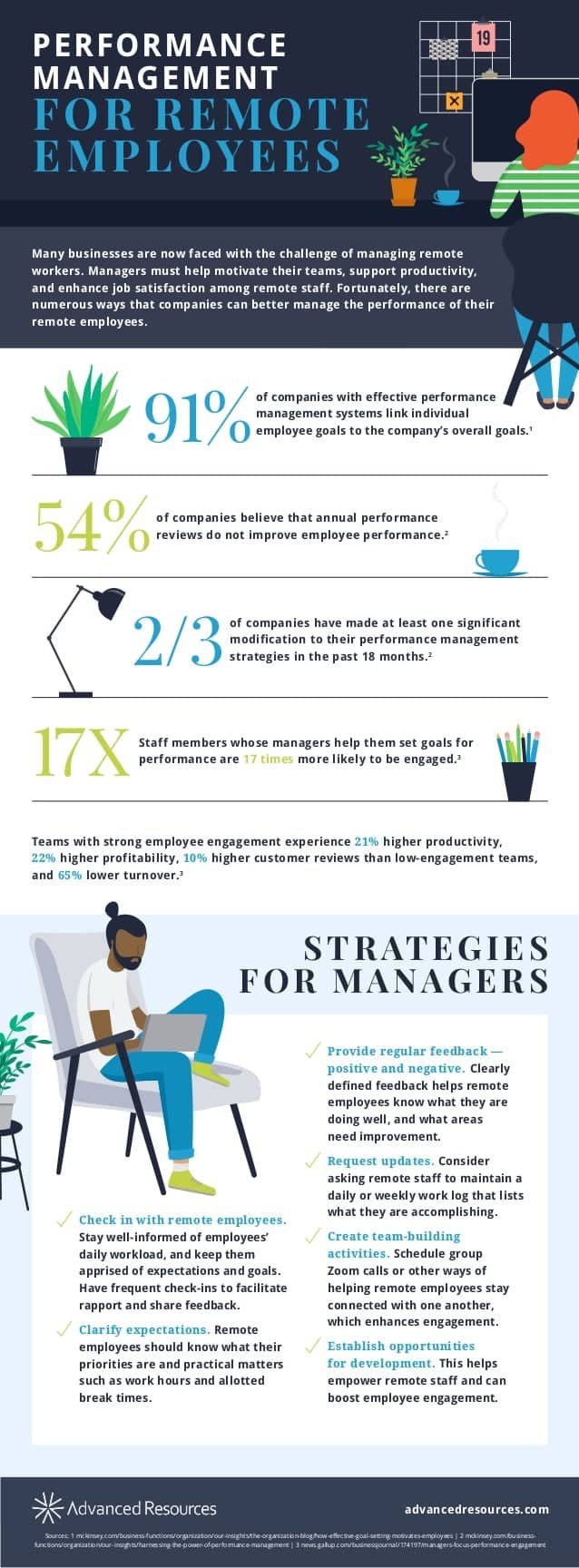
Apart from social distancing, mask-wearing, and lack of travel, there is one more thing that the pandemic has changed drastically: the way people do their jobs. Remote work used to be reserved for tech companies as an innovative approach in pre-pandemic times.
Now, working from home (WFH) has become prevalent across many sectors. That jump-started the years-long debate: how important is it to go to an office?
Switching to the remote mode has been stressful for many employers and workers, of course. However, it allowed for a wide-scale real-world test of the concept.
With this information at hand, it’s time for resume writing service to ponder the main question. Is remote work going to remain the new normal after the pandemic?
4 Benefits that Make Remote Work So Alluring
Larger Talent Pool
Of course, location still matters when companies look for a potential remote employee. Time zone differences shouldn’t impair collaboration.
Yet, when recruiters have all of the U.S. top job seekers to pick from, the available talent pool can also expand five- to tenfold. Furthermore, it becomes a lot easier to recruit a top-notch candidate with splendid qualifications who also happens to be a foreigner. There’s no relocation needed or immigration-related paperwork to do.
Emphasis on Productivity
This has been a major shift in how employers treat their staff. Working hours have become more flexible. And controlling when the person is doing their job has become less easy. The only visible metric left is their performance itself and it’s gonna be a trend within the next 20 years.
There is a myth that workers’ productivity suffers when the job is done from home (probably, due to all the memes and tweet threads). But that’s all it is: a myth.
According to a study carried out by Nicholas Bloom et al. in 2015, remote employees showed a 13% increase in productivity as compared to their previous in-office results. Nine months later their productivity increase rose to 22%.
Happier Workers
A happy employee is a productive one. Employers that have missed out on this still treat their staff as robots – or worse, slaves. And remote workers are, generally, happier than their office counterparts, for several reasons:
- no, or less time wasted on commuting;
- healthier work-life balance;
- more time for their family, friends, and hobbies;
- freedom to live where they want and travel.
Higher Employee Retention Rates
WFH may also decrease turnover. According to Harvard Business Review, telecommuting employees were more motivated to stay in their current positions.
The reason? They realized that local career opportunities are scarce in their communities. Therefore, their current positions are not to be discarded frivolously.
4 Challenges Still in Remote Work’s Way
There are plenty of limitations as well. That’s why there has been some backlash against going 100% remote at the beginning of the pandemic. Not every organization is convinced the benefits are enough to engage the employees in the remote experiment full-time.
Communication & Collaboration Become Difficult to Facilitate
These aspects of work may become hard to manage online. Any remote employee will tell you so. Communication difficulties translate into a lack of relationship building. So, team members stop feeling like a team.
Lack of connections and community is especially tough for extroverts. Something trivial like watercooler conversations becoming nonexistent.
As for collaboration, some of its aspects are more efficient online: think of working on a single Google doc with colleagues. Easier than going into a meeting and marking revisions on its printed version, right?
Yet, planning and brainstorming via a video call is overwhelming in most cases. Workers face poor internet connection, low microphone quality, or inability to jump into the conversation at any point.
Setting Up a Home Office Isn’t Easy, Either
No one can just snap their fingers and become a remote employee. They need a good laptop that won’t quit on them or freeze unexpectedly. That’s not to mention more specialized tech, like graphic tablets for designers, for example. That means they need to invest in their career.
A fast internet connection is also a necessity for all video calls and online collaboration. Yet, according to Stanford University researchers, 35% of Americans don’t have such a luxury – so, being employed remotely isn’t an option for them.
Virtual Onboarding Is Less Efficient
Knowledge sharing is traditionally best done in person. Transferring key skills and explaining internal processes to a new employee over an online chat or video call is challenging. That’s because often, this professional knowledge isn’t written down in a Google doc; it’s stored in people’s heads.
Yet, the main reason any recruiter finds virtual onboarding inefficient is outdated methodology. With the right tools and resources, it can be as productive as in-person training.
Take GitLab’s example: the company has a 5,000-page-long “working handbook” shared with all employees. They can press Ctrl+F to find the answer to their question in a matter of seconds. It’s also open for editing to anyone who wishes to contribute.
Not Every Job Can Be Done Remotely
Delivery can’t be an online job, for obvious reasons. The same goes for most jobs in agriculture, hospitality, food service, transportation, etc.
They usually involve physical and manual labour and/or require resources that can’t be procured in the setting of one’s home. Most of these jobs are also on the low-paid side of the salary spectrum.
That translates into an estimated half of the workforce lacking an opportunity to work from anywhere. The industries that have more chances to stay remote in the post-pandemic future are few. They typically involve a lot of sitting in front of a computer. Take, for instance, IT, marketing, and sales jobs.
In Conclusion:
Hybrid Model Is More Likely to Come Out on the Top
As alluring as telecommuting may be for many, not every industry or job is well-suited for a fully remote mode of operations. Instead of the wide-scale adoption of telework, it’s more likely that more organizations will employ the hybrid model.
The hybrid model means a combination of WFH and an office. The ratio of remote to in-person working days may vary from just one day per week at home to three or four.
It’s projected to be the next big thing after the pandemic. It’s the best way to reap the benefits of telecommuting while resolving issues that come with it.
Performance Management

